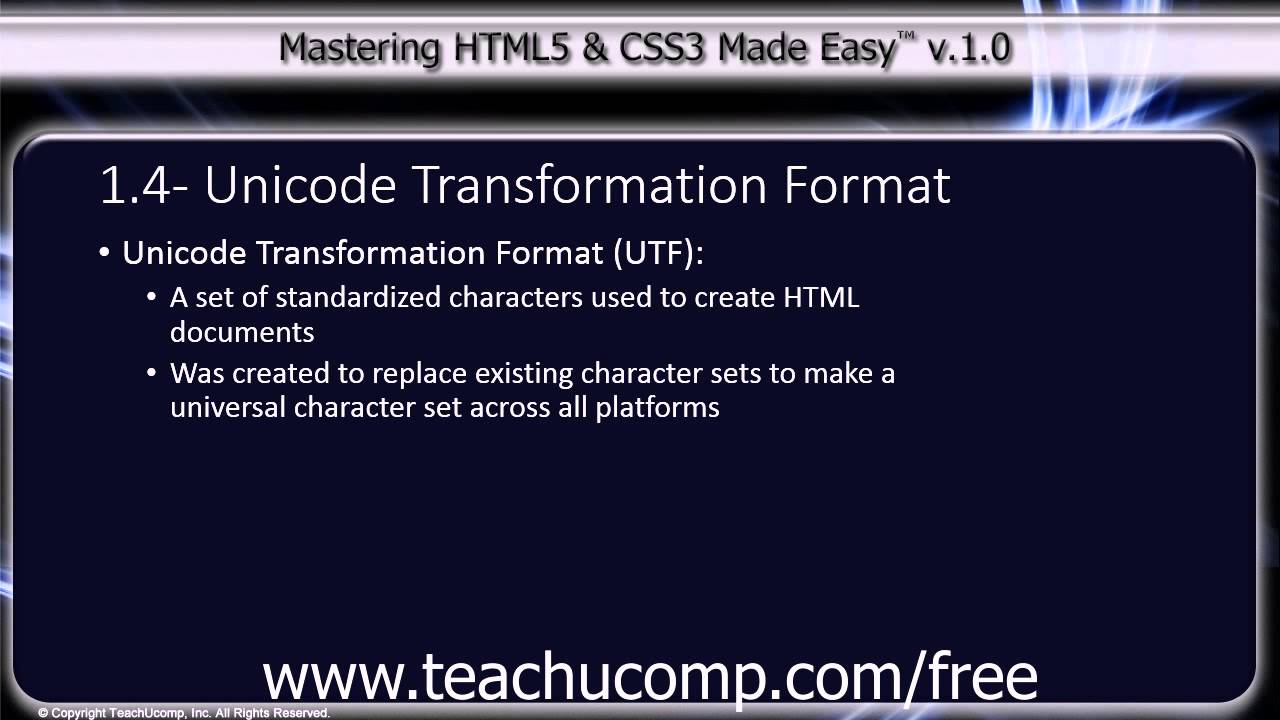Unicode Transformation Format (UTF) is a term used to describe a family of encoding standards developed by the Unicode Consortium. These standards are used to represent text in computer systems and the internet, allowing different languages, scripts, and symbols to be represented in a consistent, machine-readable format.
The UTF family consists of six encoding schemes referred to as UTF-8, UTF-16, UTF-32, UTF-7, UTF-1, and CESU-8. UTF-8 is the most common encoding scheme used in web development and programming today, while UTF-16 is used in some applications such as Microsoft Windows. UTF-7 is an older encoding scheme, rarely used today, while UTF-32, UTF-1, and CESU-8 are rarely used by anyone.
UTF-16 and UTF-32 are both based on the Unicode character set, which assigns a unique 16-bit or 32-bit number to every character. This means that a single representation (string) of text can include a variety of characters, regardless of language or region. For example, the string “hello” can include Latin characters, Japanese characters, or Cyrillic characters, all without requiring separate encoding.
UTF-8 is a variable length encoding scheme, meaning the number of bytes needed to represent a character varies, depending on the character itself. It is more efficient than UTF-16 and UTF-32 and allows for text to be represented in fewer bytes, making it more suitable for smaller memory systems. However, UTF-16 and UTF-32 offer better performance and compatibility in larger memory systems.
Overall, the Unicode Transformation Format forms an important part of the modern computing landscape. By ensuring text in any language is represented in a consistent, machine-readable format, UTF allows programmers and web developers to create applications and websites that can support multiple languages and characters.






